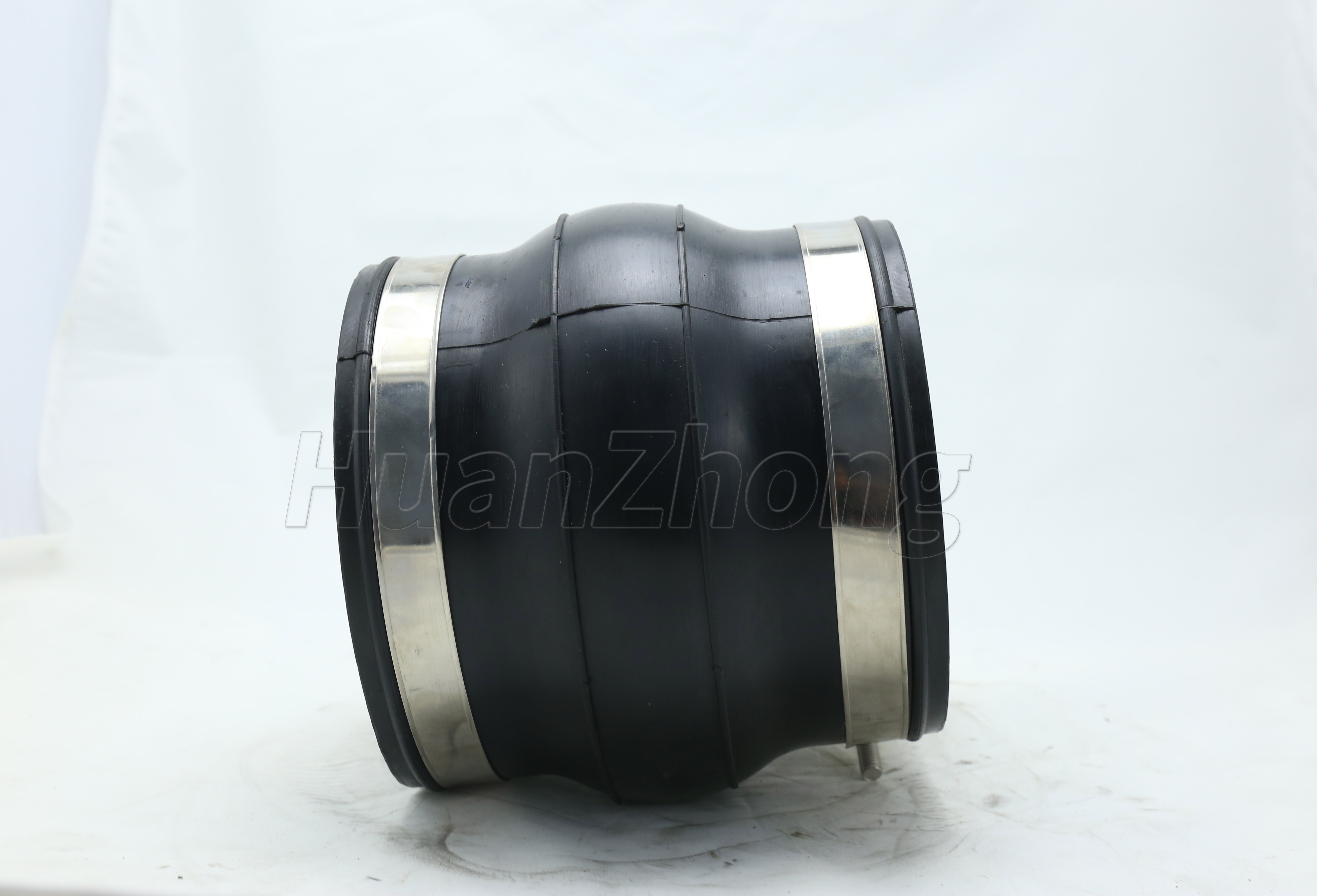Fabrication of Clamp Rubber Fittings.
Fabrication of Clamp Rubber Fittings. The fabrication of clamp rubber fittings is an essential process in the manufacturing of various industrial and commercial applications. In this article, we will discuss the process of fabricating clamp rubber fittings and the important factors to consider for a successful fabrication.
Material Selection: The first step in fabricating clamp rubber fittings is selecting the appropriate rubber material. Different rubber materials have varying properties that make them suitable for specific applications. Factors to consider when selecting the material include temperature resistance, chemical compatibility, hardness, and durability. Common rubber materials used for clamp rubber fittings include EPDM, Nitrile, Neoprene, and Silicone.
Mold Preparation: Once the rubber material is selected, the next step is preparing the mold. The mold is used to shape the rubber into the desired fitting. The mold should be designed to create the specific shape and dimensions required for the clamp fitting. It should also have features that allow for smooth and accurate rubber flow during the molding process.
Rubber Mixing: After the mold is prepared, the rubber material needs to be mixed with additives and curing agents. The mixing process ensures that the rubber compound has consistent properties throughout the fabrication. Proper mixing is essential to achieve the desired hardness, flexibility, and durability of the clamp rubber fittings. The mixing can be done using machinery or manually, depending on the production scale.
Molding Process: The molding process involves pouring or injecting the rubber compound into the prepared mold. The mold is then closed and subjected to heat and pressure to facilitate the curing process. The specific temperature and pressure conditions are typically determined by the rubber material and the desired hardness of the finished product. The curing process can take several minutes to several hours, depending on the rubber compound and the curing method used.
Finishing and Inspection: Once the rubber is cured and the mold is opened, the clamp rubber fittings are removed and undergo finishing and inspection. Finishing may involve trimming excess rubber, smoothing any rough edges, and adding any necessary details or markings. During inspection, the fittings are checked for any defects, such as air bubbles, tears, or uneven curing. Defective fittings are rejected, and only the high-quality ones are allowed to proceed to the next stage.
Quality Assurance: Quality assurance is an important aspect of clamp rubber fitting fabrication. Random samples of the produced fittings should be tested for various properties, such as hardness, tensile strength, chemical resistance, and leak resistance. This ensures that the fittings meet the required specifications and can perform effectively in their intended application.
In conclusion, the fabrication of clamp rubber fittings involves material selection, mold preparation, rubber mixing, molding, finishing, inspection, and quality assurance. Each step in the process contributes to the production of high-quality clamp rubber fittings that meet the specific requirements of industrial and commercial applications. By following these steps and considering the factors mentioned, manufacturers can ensure the successful fabrication of clamp rubber fittings.
